

La-7
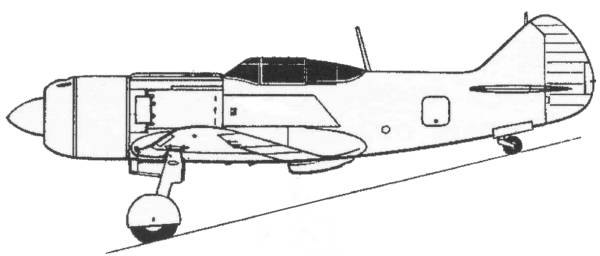
The La-7 was a further development in the Lavochkin
line of aircraft dating back to the LaGG-1 in 1938. The LaGG-1 was
followed by the LaGG-3 and with a change of engines from in line to
radial became the La-5. By 1943 the La-5 had become the mainstay of the
Soviet air force but Semyon Lavochkin, the head designer, felt it could
be further improved upon. At this point in the war supplies of light
alloy metals had become more stable and as a result Lavochkin began
replacing some of the wooden parts of the La-5 with light alloy parts.
This included the wing spars. Other streamlining changes were made as
well increasing performance further. A more powerful engine and heavier
armament made the aircraft a potent weapon which was not only
faster than the Fw 190, its main competitor but it was more
maneuverable. The La-7 first flew in November of 1943 and entered
service
the following spring. The La-7 earned itself a superb combat record by
the end of the war having been flown by the top two Soviet aces. The
La-7 was the only Soviet aircraft to shoot down an Me 262. Total
production of the La-7 amounted to 5,753 aircraft, some of which
soldiered on after the war.
The Kit
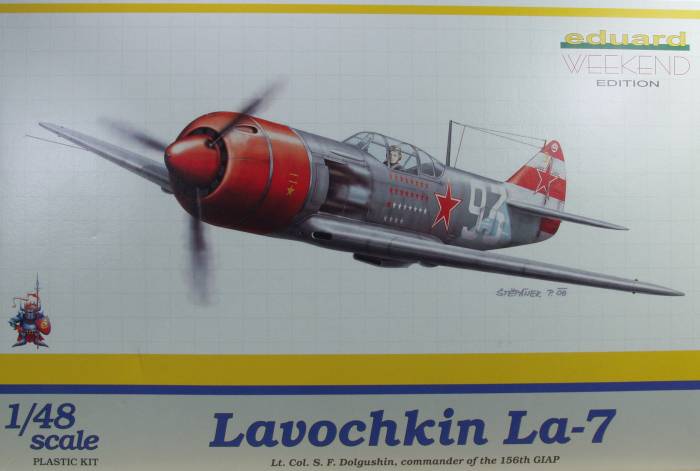
The Eduard La-7 comes in a top open two part box with nice artwork on the top. Inside the box is a resealable bag with parts in light gray and a zip lock bag with the clear parts. The gray parts have a smooth finish with just a hint of flash. The panel lines and fastener detail is recessed and quite fine. There are few due to the wooden construction of the aircraft. I found no surface defects on the air frame pieces. The control surfaces are all fixed. The fabric on the control surfaces is very nicely done. The only ejector pin marks I found that will show are on the outside of the gear doors. This is actually a good thing as the outsides are otherwise smooth whereas the inside surfaces have molded detail. They will be much easier to deal with on the outside. The fuselage has some cockpit detail molded mostly structural but there are a number of add on parts, throttle quadrant and trim wheels that will provide enough detail for most I suspect. The instrument panel has dial bezels molded in and there is a decal for it on the decal sheet but the instruments are very low in contrast.The main gear bays are boxed in with little in the way of detail, the inside of the upper wing has detail that will show in the gear bays. The propeller is one of the build up kind, never a favorite of mine. The wheels are not weighted. Altogether by my count there are 69 parts in gray. See photos below
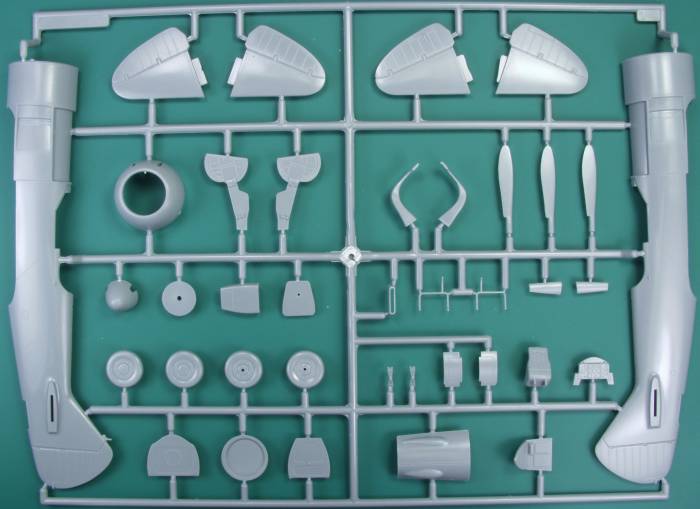
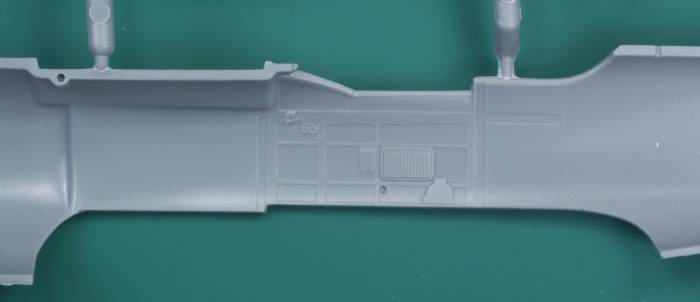
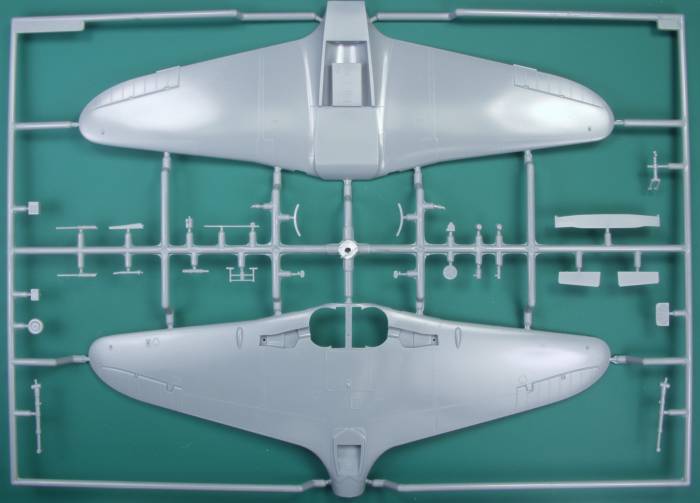
The clear parts are little on the thick side compared to
norm these days but
reasonably clear. Should look better with a coat of Future. The frame
lines are clearly designated but not raised. See
photo below.
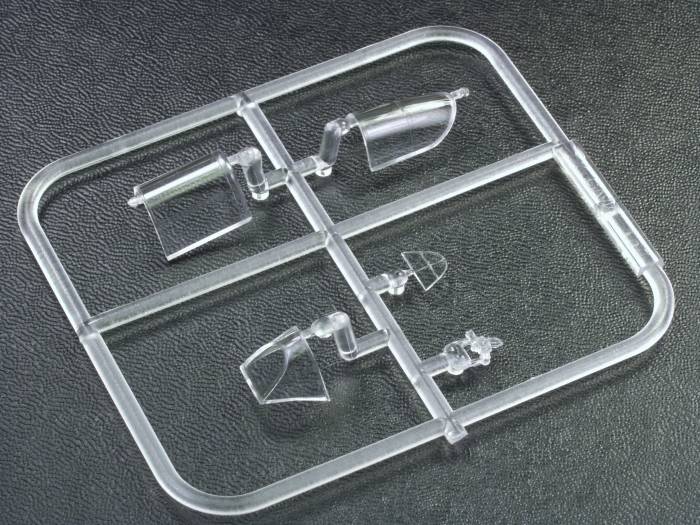
The decals are thin and in register. The red seems to be a little faded, I'm not sure if that was intentional or not. Typical of Eduard Weekend editions there are markings for only one aircraft. See photo below.
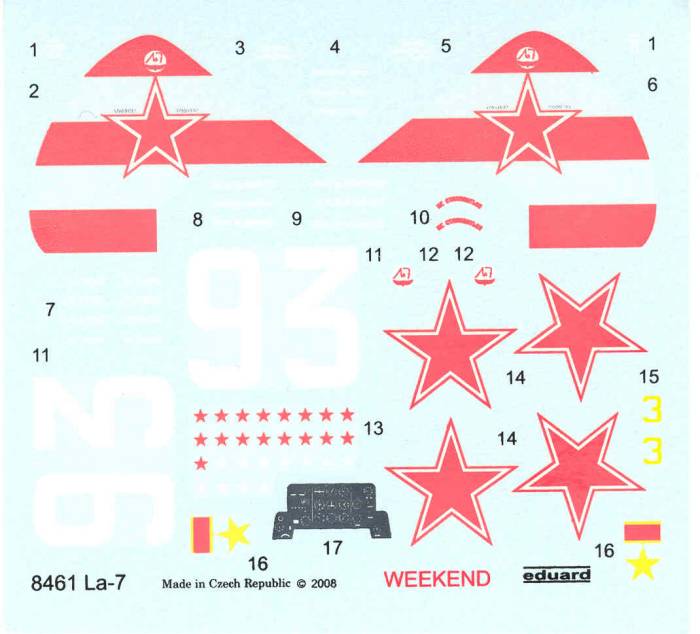
The instructions are printed on an A4 sheet folded in half. The first page has a parts map and the usual symbol chart and safety warnings. The balance of the sheet is assembly drawings. For decal placement and painting information one must use the diagrams on the box lid.
After Market Goodies
I decided to spring for some after market goodies for this kit as the cockpit needs some help. I chose to go with a CMK [4195] cockpit set. The set is molded in a tan resin and consists of separate side walls, seat, floor, a radio shelf, a control stick and various other goodies. The seat has harness and belts molded. The side walls are thin to the point of being transparent and had a couple open spots but I don't think these will be an issue once painted and installed in the cockpit. I could find no surface defects or short shots and only minimal flash however the pour blocks are substantial on some of the pieces. The instructions were printed on a small sheet and were brief but adequate. See photo below.
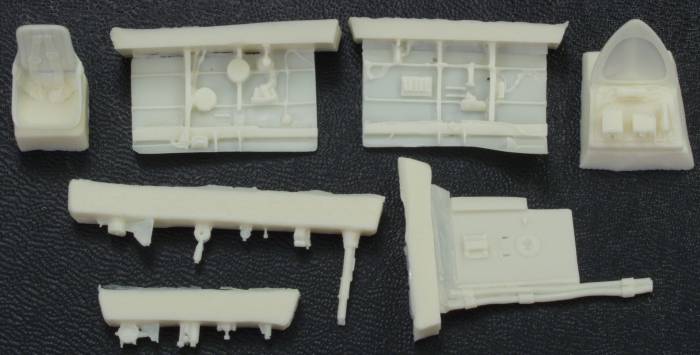
The set also contained a small photo etch fret with color instruments and other goodies such as trim wheels, rudder bar and armament arming handles. See photo below
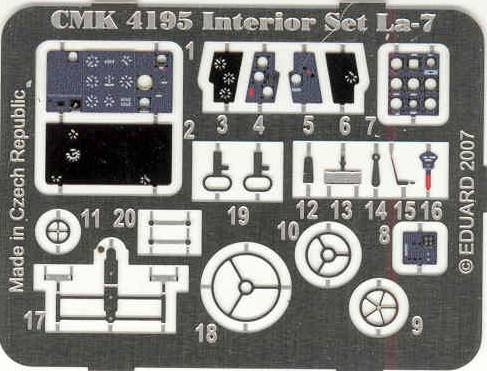
Since the kit clear part is not all that great I
decided to get a Squadron [9637] canopy which is thin and clear and
will be easier to open for display purposes. See photo below.
Prior to obtaining the above set I had already purchased the Eduard
color PE set [49207] one of their zoom
color sets no less. It
also has a harness and belts which look much nicer than the ones molded
into the resin seat from the above set. There are also screens for the
oil cooler and all the other little goodies usually associated with
Eduard kits. The instrument panel is better rendered than the one in the
CMK set.See photo below.
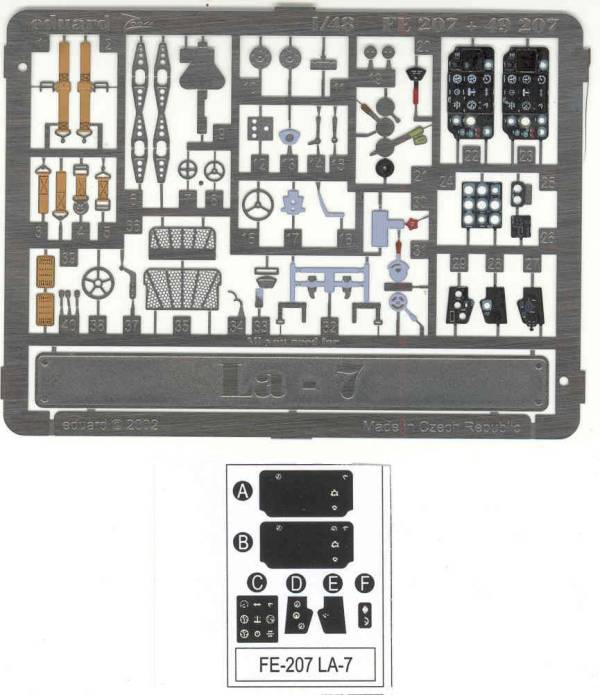
And lastly I decided to spring for some aftermarket decals from Aeromaster [48534] which includes markings for five aircraft. The decals appear thin, opaque and well registered. See photo below.
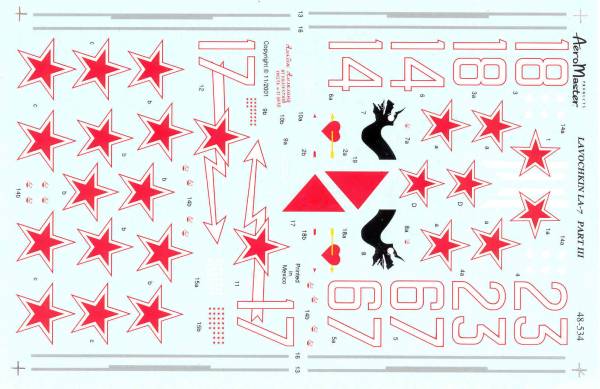
Conclusions
This is a fairly simple kit as are most of the Eduard Weekend additions and is purported to be from the same molds as the Gavia kit. This kit is everything that the Hobbycraft kit isn't and most other reviews are favorable in the area of fit. Without the after market items it's still a respectable kit and the after market items take it to the next level. Recommended to all modelers of all skill levels.
Links to kit build or reviews
A
build / reviews can be found here
and here.
Note the first one is for the Gavia kit which is virtually
identical.
References
Soviet Aces of World War 2 by Hugh Morgan
Back to the Russians are Coming
Updated 10/28/09